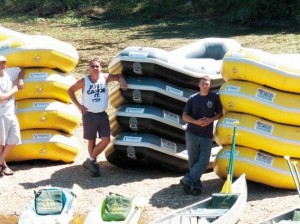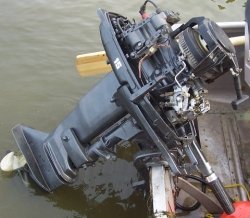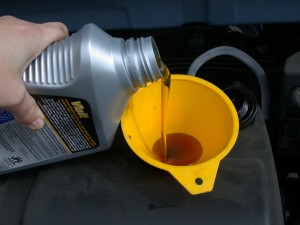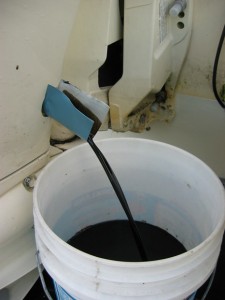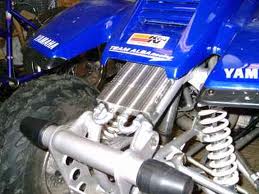Best Boating States
 Researching places to boat in Florida got me thinking about boating in other states. Every state can boast a few premium fishing holes, but which states are truly boater friendly. I took a look online at an article reprinted from Boating Life magazine to get some ideas.
Researching places to boat in Florida got me thinking about boating in other states. Every state can boast a few premium fishing holes, but which states are truly boater friendly. I took a look online at an article reprinted from Boating Life magazine to get some ideas.
For instance, did you know that Michigan has one million registered boats? Every resident is no more than 85 miles from one of the four Great Lakes and no more than six miles from a lake or river. There are 1300 government-run public access sites with indexed maps. Sales on Mercury premium plus must be through the roof with all that access to prime boating water.








